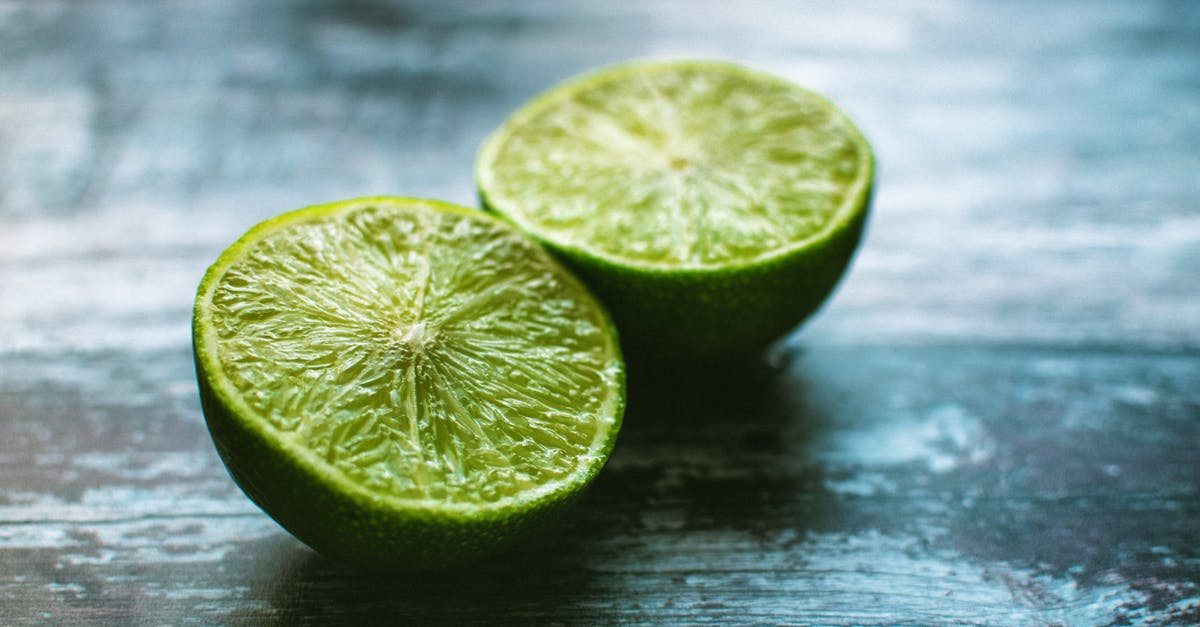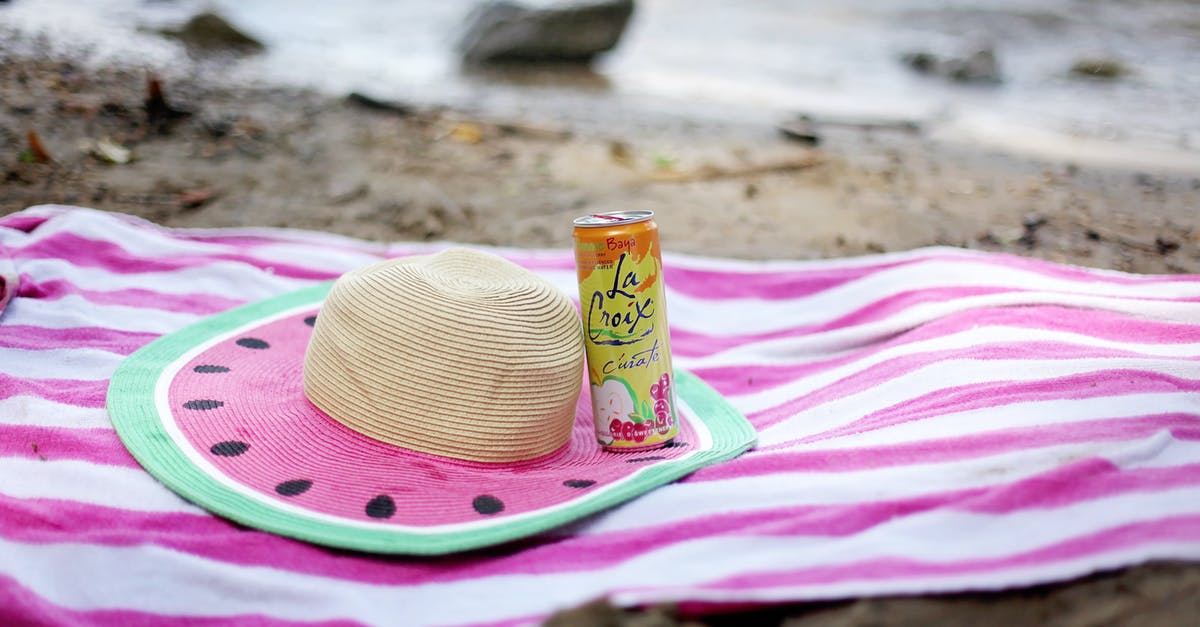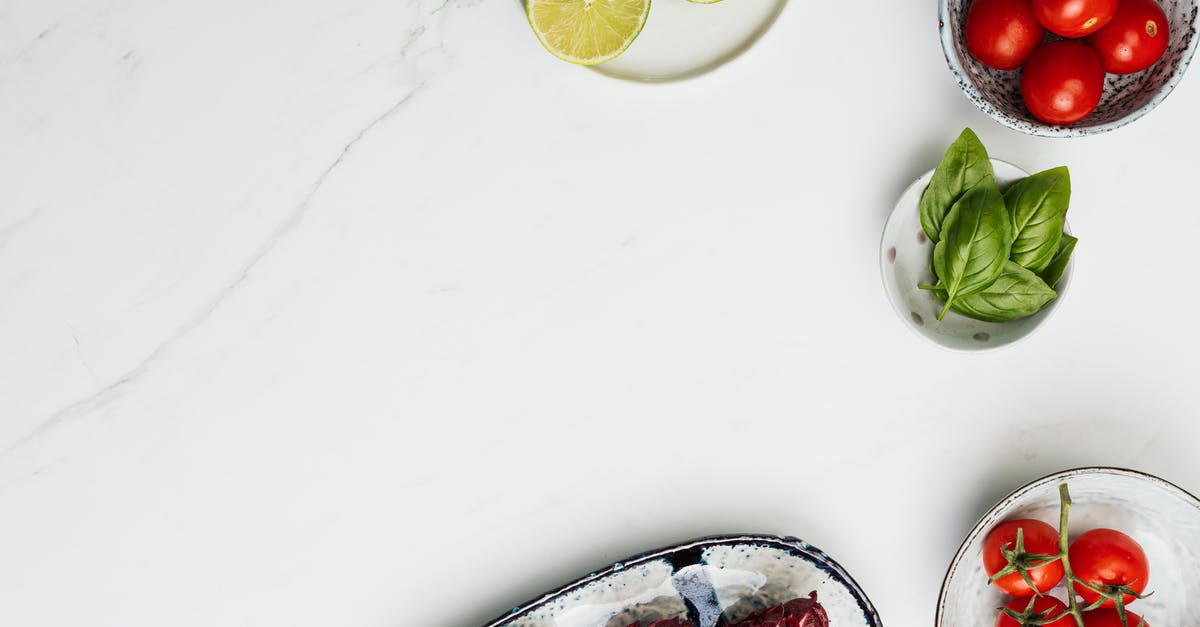How can I tell which limes have the most juice?

I frequently find myself at the grocery store looking at limes for cocktails and wondering which will yield the most juice.
Sometimes, a lime will practically liquefy itself (which is what I want), yet I also get some that will yield almost nothing.
How can I tell which limes have the most juice?
Note that I obviously can't damage the limes or open them.
Best Answer
Heavier limes tend to be more juicy, but another important factor is the color and texture of the skin. Look for the brightest green (sometimes with almost a yellow tinge) and smoothest skin you can find. Many bumps or shriveled looking areas are good indications that there will be less juice. If that's all that's available in your store, though, just get more of them. If they have broken skin, I always avoid those. I've gotten them home and found that even if there's juice, at least the section near that break has gone dry and sometimes discolored, definitely a waste of my money and time.
Another thing I've found helpful, which can be done easily in the grocery store, is a smell-test. (This also works with lemons, which to me are just as confusing.) When very juicy, the skin has a scent, which may be subtle, but definitely different than those with none. It's one sign of freshness, similar to knowing when to pick them from the tree.
As Josh Caswell said in his excellent answer about pith, there's nothing wrong with rolling them around in your hand in the store; not enough to damage the lime of course, but enough to warm them up just a bit so they'll release some juice and a nice smell. I don't know where you're from, but in Massachusetts, in the Northeastern United States, the produce department is often quite cold, so I do that with all my citrus choices.
This site has some good pictures and information, and even mentions using them for cocktails! The Cleveland Clinic gives the same basic information, with a video that I found helpful.
To answer the question that was asked about the importance of skin thickness, it's something I don't generally think about when I shop, so I did some research. Most sites didn't mention it, especially with the common lime which is the most popular variety, but there is one that does recommend choosing a thinner skinned fruit.
They should feel firm and heavy for their size, because heavy limes will produce the most juice. Select limes with thin skins, avoiding the thicker skinned fruit, which is an indication of less flesh and juice.
I know you didn't specifically ask, but just to add that if you have limes at home and you're not getting the maximum effortless, free-flowing juice, you can microwave them for about 20 seconds. It helps release the juice, and works for other citrus fruits too. I'd watch carefully, because I've overheated my fruit doing that. It's fine if I'm going to use it for cooking or in my hot tea, but for cold drinks and things you then have to wait for it to cool off, which may be more effort than you need.
Pictures about "How can I tell which limes have the most juice?"



How do you get the most juice out of a lime?
6 Ways To Get The Most Juice From Your LimesWhat should I look for when picking limes?
Give your limes a little squeeze first, and take note whether or not they "give" a little when you do so. Limes that are ripe will be firm, but not hard, squeezable, but not too soft. Those that are too ripe are quite soft while limes that don't give when you squeeze them are not ripe enough.Why do some limes not have juice?
Lack of sufficient water inhibits juice quality in limes and may be why limes are dry. Give lime trees a deep watering at least twice a week, especially during periods of drought. Over maturity \u2013 Leaving limes on the tree too long can also be a cause of dry lime fruit.How do you get the most juice from a lemon or lime?
3 steps to Squeeze the MOST Juice from Lemons or LimesHow to Pick the Juiciest Limes and Squeeze the Most Juice Out
More answers regarding how can I tell which limes have the most juice?
Answer 2
The most tell-tale factor I have found -- and this applies to lemons and oranges too -- is the thickness of the pith. When there's a half inch of that bitter white stuff, the pulp which contains all the juice is necessarily reduced in size. This seems to vary seasonally.
It is most easily tested by rolling the fruit on a table under your palm, with gentle pressure, but you can do it just fine freehand as well. The pith is much stiffer than the pulp, and you'll be able to feel a lack of give. A thinner pith will make for a more squashable lime.
Obviously doing this in the store before you buy, you don't want to damage the fruit. (Pulling from an entire case in the walk-in and deciding which ones to leave behind for the next person who has to make lemon curd, it's less of an issue.) You can be tougher than you might be for, say, a peach, but just squeeze gently and you should have no trouble evaluating the pith.
Answer 3
The juiciest limes will generally be the heaviest ones. Water is dense, citrus peel and dry citrus are not so much.
Answer 4
I test limes (and lemons) at the grocery store by squeezing them. If it's hard, don't get it. If it's slightly squishy, it's juicier. This has worked pretty well for me. Most of the limes I see at the store are quite hard, and don't seem to have much juice.
Sources: Stack Exchange - This article follows the attribution requirements of Stack Exchange and is licensed under CC BY-SA 3.0.
Images: Lisa, Leah Kelley, Karolina Grabowska, Alex Dugquem
